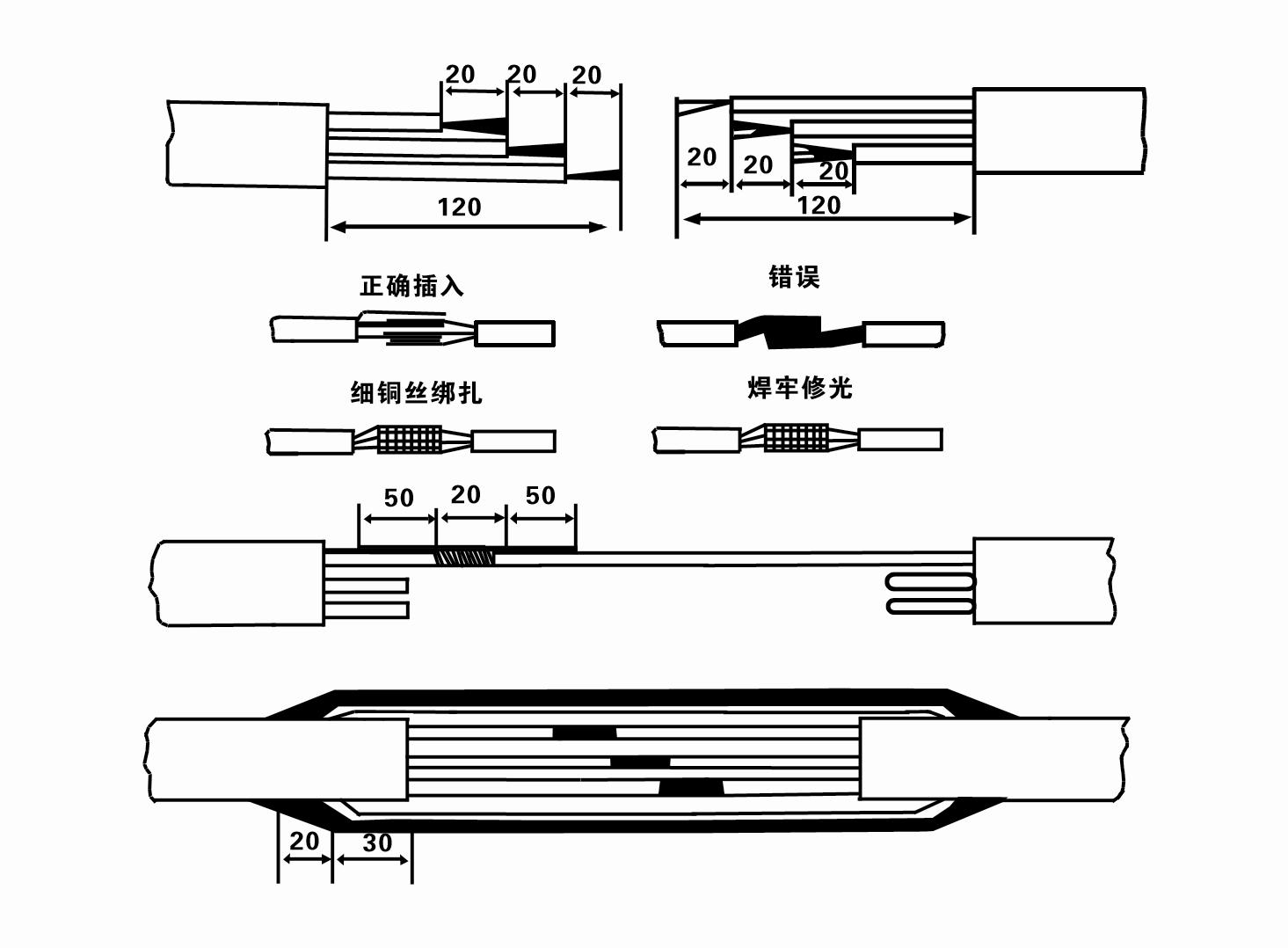Nov . 12, 2024 09:20 Back to list
submersible pump and motor
Understanding Submersible Pumps and Motors A Deep Dive
Submersible pumps and motors are essential components used in a variety of applications, ranging from residential water supply systems to industrial processes and agricultural irrigation. Their design allows them to operate underwater, making them ideal for pumping fluids from deep wells, boreholes, or even submerged tanks.
What is a Submersible Pump?
A submersible pump is a device that is fully submerged in the fluid it pumps. Unlike standard pumps, which rely on a suction mechanism to draw fluid into the pump, submersible pumps push fluid to the surface. This design is advantageous because it prevents cavitation, a phenomenon that can occur in standard pumps when they draw from a source that is too deep. Submersible pumps are typically constructed from corrosion-resistant materials such as stainless steel or thermoplastic to withstand the harsh environments they often operate in.
Key Components
The primary components of a submersible pump include
1. Pump Motor The electric motor is specifically designed to operate underwater. It is sealed tightly to prevent water from interfering with its operation. 2. Impeller and Diffuser The impeller is the rotating part of the pump that moves the fluid, while the diffuser helps to manage the flow and increase the pressure.
3. Discharge Head This component allows the water to exit the pump and is usually equipped with a pipe fitting to connect it to the discharge line.
4. Seal Seals are critical for preventing water from entering the motor housing. Mechanical seals are commonly used for their reliability.
Types of Submersible Pumps
There are various types of submersible pumps, each designed for specific tasks
1. Sewage Pumps Used to remove wastewater and sewage from buildings or subterranean sewage systems. They are designed to handle solids and other debris.
submersible pump and motor

2. Well Pumps These pumps are typically used to draw water from deep wells. They feature a long shaft to reach deep into the aquifer.
3. Drainage Pumps Ideal for draining flooded areas or keeping basements dry, these pumps can handle relatively clean water with small debris.
Advantages of Submersible Pumps
1. Efficiency Because they operate underwater, submersible pumps are generally more efficient than above-ground pumps. They do not require priming, as they are already submerged in the fluid.
2. Space-Saving Design Their compact design allows for easy installation in tight spaces, making them suitable for residential applications and industrial settings alike.
3. Reduced Noise Levels Since they are submerged in fluid, submersible pumps operate more quietly compared to surface pumps.
Applications
Submersible pumps find applications in numerous fields
- Water Supply and Distribution Providing reliable water supply in municipal systems and rural areas. - Agriculture Irrigating crops effectively and efficiently. - Construction Dewatering excavations or managing groundwater during construction projects. - Environmental Management Pumping out contaminated groundwater in remediation efforts.
Conclusion
In summary, submersible pumps and motors are crucial for many sectors, providing efficient and reliable water management solutions. Their ability to operate underwater without the complexities of suction systems makes them indispensable for a variety of applications. As technology advances, these pumps continue to evolve, improving efficiency and expanding their capabilities in an ever-changing world. Whether you're a homeowner looking to install a well pump or a contractor requiring a robust sewage pump, understanding submersible pumps can guide you toward making informed decisions on the right equipment for your needs.
-
Submersible Water Pump: The Efficient 'Power Pioneer' of the Underwater World
NewsJul.01,2025
-
Submersible Pond Pump: The Hidden Guardian of Water Landscape Ecology
NewsJul.01,2025
-
Stainless Well Pump: A Reliable and Durable Pumping Main Force
NewsJul.01,2025
-
Stainless Steel Submersible Pump: An Efficient and Versatile Tool for Underwater Operations
NewsJul.01,2025
-
Deep Well Submersible Pump: An Efficient 'Sucker' of Groundwater Sources
NewsJul.01,2025
-
Deep Water Well Pump: An Efficient 'Sucker' of Groundwater Sources
NewsJul.01,2025
-
 Submersible Water Pump: The Efficient 'Power Pioneer' of the Underwater WorldIn the field of hydraulic equipment, the Submersible Water Pump has become the core equipment for underwater operations and water resource transportation due to its unique design and excellent performance.Detail
Submersible Water Pump: The Efficient 'Power Pioneer' of the Underwater WorldIn the field of hydraulic equipment, the Submersible Water Pump has become the core equipment for underwater operations and water resource transportation due to its unique design and excellent performance.Detail -
 Submersible Pond Pump: The Hidden Guardian of Water Landscape EcologyIn courtyard landscapes, ecological ponds, and even small-scale water conservancy projects, there is a silent yet indispensable equipment - the Submersible Pond Pump.Detail
Submersible Pond Pump: The Hidden Guardian of Water Landscape EcologyIn courtyard landscapes, ecological ponds, and even small-scale water conservancy projects, there is a silent yet indispensable equipment - the Submersible Pond Pump.Detail -
 Stainless Well Pump: A Reliable and Durable Pumping Main ForceIn the field of water resource transportation, Stainless Well Pump has become the core equipment for various pumping scenarios with its excellent performance and reliable quality.Detail
Stainless Well Pump: A Reliable and Durable Pumping Main ForceIn the field of water resource transportation, Stainless Well Pump has become the core equipment for various pumping scenarios with its excellent performance and reliable quality.Detail
